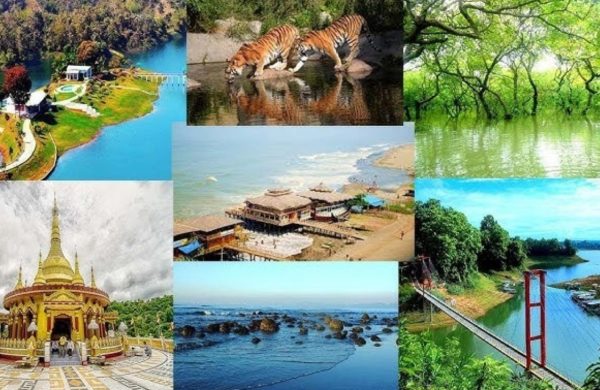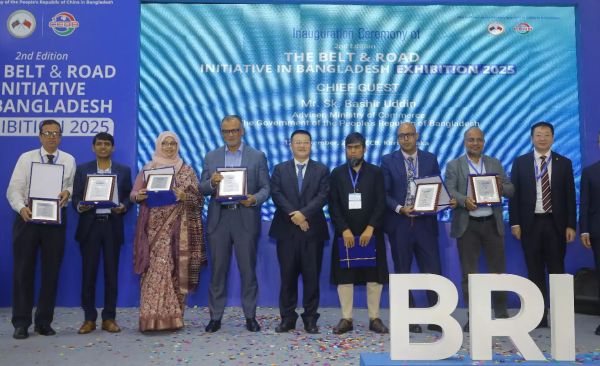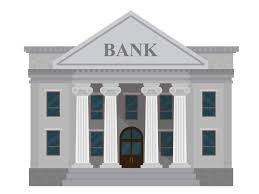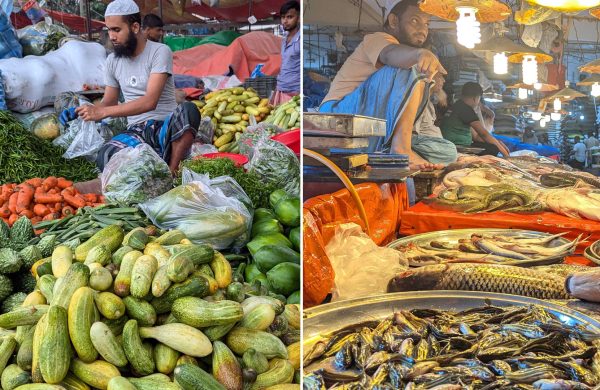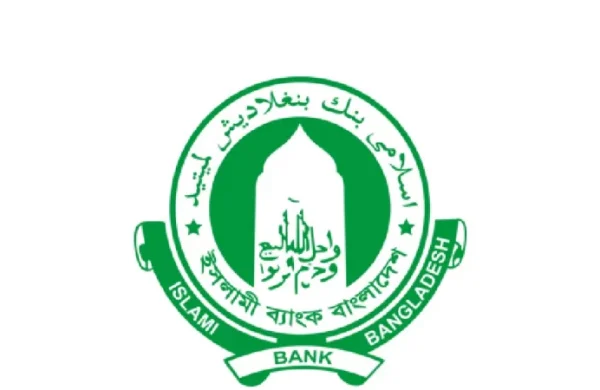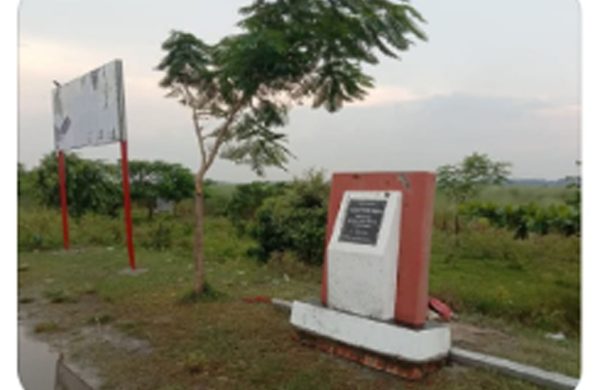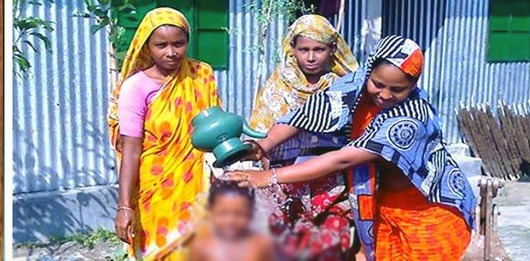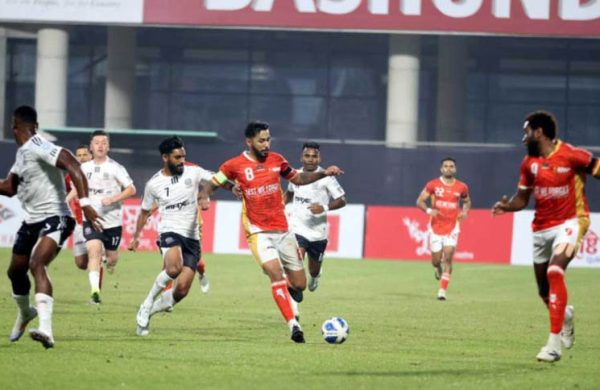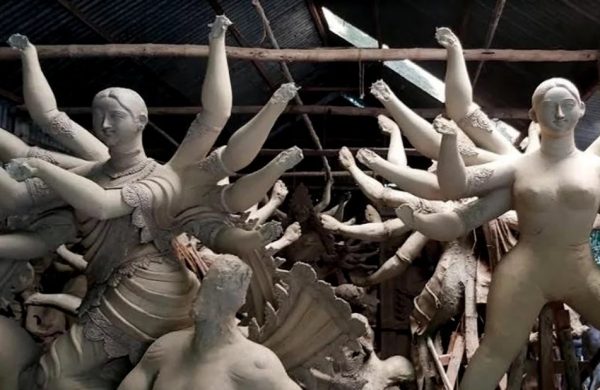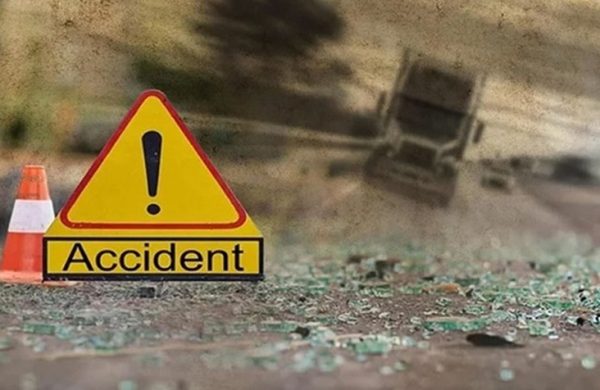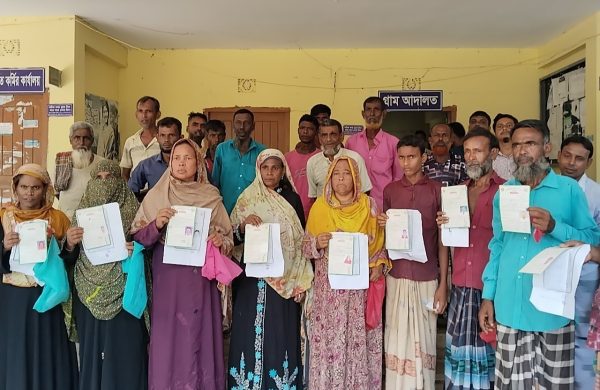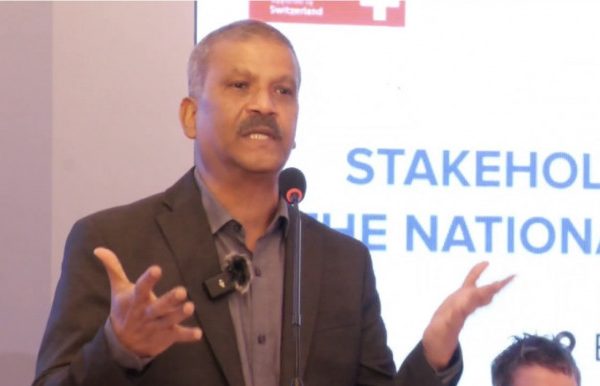Tk4,500cr pipeline planned to feed Bhola gas to energy-poor South
- Update Time : Wednesday, January 15, 2025

TDS Desk:
Officials say the state-owned Gas Transmission Company Limited (GTCL) will construct the 205km pipeline. It is set for completion in 2029. Initially, it was planned as a shorter route from Bhola to Barishal.
According to the Bangladesh Petroleum Exploration and Production Company Limited (Bapex), the country’s total gas supply capacity currently stands at 2,800-3,000 million cubic feet per day (mmcfd). Of this, around 2,000 mmcfd is sourced locally.
The new pipeline is set to contribute an additional 180 mmcfd of gas to the national grid for the next 19 years, drawing from nine wells already drilled across three gas fields in Bhola – Shahbazpur, Bhola North, and Ilisha.
On 4 November 2024, the decision of constructing the pipeline was finalised in a meeting and the GTCL has already sent the preliminary project proposal to the Planning Commission.
“To bring the extractable gas from Bhola to the national grid, a new pipeline will be constructed extending to Khulna,” Rukhsana Nazma Eshaque, managing director of GTCL.
In 2023, the GTCL had initiated a plan to construct a pipeline from Bhola to Barishal at a cost of Tk1,300 crore, to transport gas from Bhola. In May 2023, a preliminary proposal was submitted to the Planning Commission for policy approval.
However, the decision has been changed as the pipeline from Bhola to Barishal does not allow for connecting Bhola’s gas to the national grid.
“But extending it to Khulna will make that possible,” said Md Mustafizur Rahman, member of the Industry and Energy Division of the Planning Commission.
According to Bapex sources, the total reserves of gas discovered so far in Bhola amount to 2.047 trillion cubic feet (tcf), with 1.432 tcf being recoverable, and cumulative extraction as of October 2024 standing at 0.176 tcf.
Experts say in recent years, gas exploration, drilling and extraction have not been prioritised in the country, leaving the vast potential of Bhola’s gas reserves untapped.
The inability to supply gas from domestic sources has increased reliance on imported liquefied natural gas (LNG). In this context, integrating Bhola’s gas into the national grid will increase local supply, especially in Khulna region, they say.
M Shamsul Alam, energy adviser to the Consumers Association of Bangladesh (CAB) “We have long advocated for bringing Bhola’s gas to Khulna via pipeline, and if this finally materialises, it will greatly benefit the nation.
“If gas can be sourced from domestic reserves, the Khulna region has the potential to become the second most industrially developed area in the country. This would be a milestone, significantly expanding economic activities in the region and creating more opportunities for industrial establishment.”
A HIGHLY CHALLENGING TASK
According to the proposal, under the principle of homogeneous asset distribution in the country, around 96km Bhola-Barishal pipeline with a 24-inch diameter and 109km Barishal-Khulna pipeline with a 30-inch diameter will be built for the project.
GTCL sources say the expected lifespan of the pipeline is 25 years, with the estimated operating cost being Tk16.42 crore per year.
GTCL officials noted that as Bhola is an island surrounded by several wide, erosion-prone rivers, constructing a pipeline from Bhola to Barishal is highly challenging.
However, a feasibility study for the Bhola-Barishal pipeline was conducted by the renowned consulting firm, Centre for Environment and Geographic Information Services (CEGIS), and the international sub-consultant firm, ILF Consulting Engineers of the UAE.
The firms extensively analysed possible routes for the Bhola-Barishal pipeline and found that the 96km Shahbazpur-Bhola North-Ilisha-Mehendiganj-Hizla-Barishal route is comparatively suitable. However, the feasibility study report recommended taking protective measures to counter riverbank erosion at the Mehendiganj and Hizla sections.
GTCL officials say the engagement of a renowned national consulting firm to conduct the feasibility study for the Barishal-Khulna pipeline is in progress, and both the consulting firm’s engagement and feasibility study will take time. The preliminary proposal has been developed through pre-feasibility studies.
Sources say the project proposal has been submitted to the Planning Commission for swift implementation. Following this, the project will be sent through the Economic Relations Division (ERD) to various development partners to secure foreign financing.
On 31 August last year, Power and Energy Adviser Muhammad Fouzul Kabir said in a meeting, “Open tender will have to be invited to construct Bhola-Barishal-Khulna gas transmission pipeline immediately.”
Md Mashihur Rahman, deputy general manager (project planning, monitoring, and reporting) at GTCL, that the country’s gas demand is steadily rising. While Bhola has significant gas reserves, they remain underutilised due to the challenges and high costs associated with laying pipelines beneath rivers.
He further noted that information about Bhola’s gas reserves was previously unavailable, and no new exploration activities were being conducted. Consequently, despite plans to integrate Bhola’s gas into the national grid, progress on pipeline construction had been slow.
“However, the government has now initiated new well-drilling projects. With the new estimates of Bhola’s gas reserves, the focus on this project has gained momentum,” he said.
GAS RESERVES IN BHOLA EXPECTED TO INCREASE
According to sources, Petrobangla plans to drill 50 wells by 2025 and 100 wells between 2026 and 2029 in the country. Under the plan, drilling wells in Bhola and surrounding areas is expected to increase gas reserves and potentially boost daily gas production by around 360 mmcf.
As part of the well-drilling plan, 19 wells are planned to be drilled in the Shahbazpur, Bhola North, and surrounding gas fields, including 10 appraisal and development wells, and nine exploration wells.
Additionally, by 2025, a 3D seismic survey covering around 1,930 square-kilometres in the transitional zones of Char Fasson, Monpura and Hatia in Bhola is planned.
As a result, by completing ongoing 2D/3D seismic surveys in Bhola and the surrounding areas, new well locations can be identified, and successful drilling may lead to the discovery of additional gas reserves.
Based on an overall estimated gas reserve of 3 tcf for the region, a comprehensive development plan is expected to be devised, according to Bapex sources.
Currently, the average daily demand for gas in Bhola region is between 72-78 million cubic feet.
GOVT NOW FOCUSES ON GAS EXPLORATION
On 8 January, following a meeting of the Executive Committee of the National Economic Council (Ecnec), Planning Adviser Dr Wahiduddin Mahmud said the previous government focused more on LNG imports rather than drilling new wells. The interim government has now emphasised exploration, extraction, and processing, and is expediting approvals for such projects.
“Bhola holds significant gas reserves. There is a 90% chance of discovering more gas if new wells are drilled in Bhola. Additionally, many other regions also have substantial gas potential.”
The adviser noted that extraction and exploration through the state-owned company Bapex can significantly reduce costs. He emphasised the need to enhance Bapex’s capacity if any limitations exist.
He further explained that current laws require third-party re-evaluation for exploration projects, which can delay gas exploration and extraction. However, the present government, while adhering to regulations, is committed to expediting approvals for critical projects.


